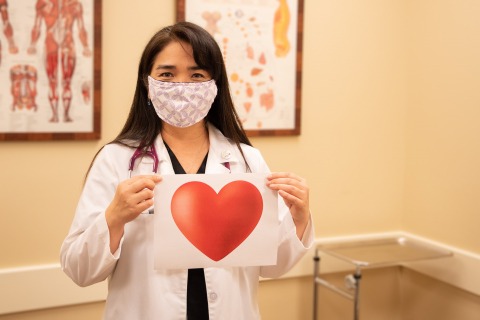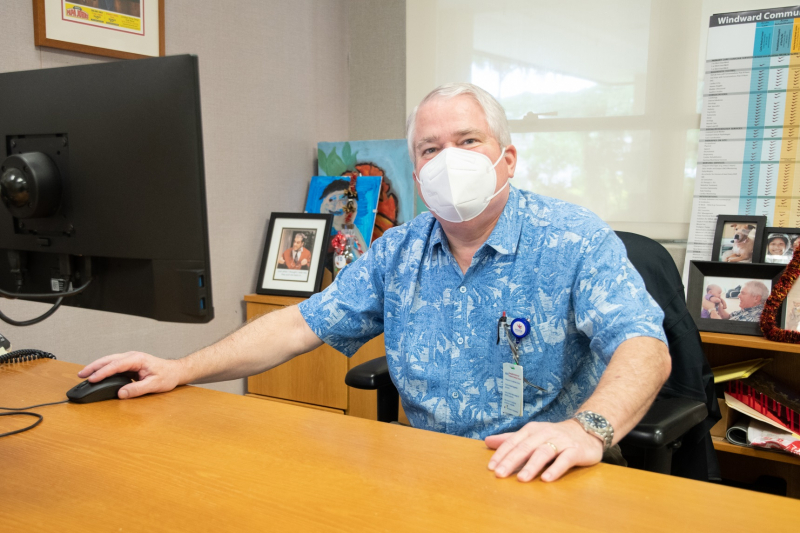
As Hawaii continues to navigate the hardships of COVID-19, here's a look at the steps REHAB Hospital of the Pacific took to protect the health and safety of patients and staff.
In early January, when the World Health Organization (WHO) began tracking a cluster of pneumonia cases in Wuhan, China, no one realized how it would change the world. By the end of January, it was declared a novel coronavirus outbreak and named COVID-19. The world watched as it wreaked havoc on our global communities’ health, emotional well-being, and the economy. The COVID-19 cases multiplied so quickly that WHO declared it a pandemic on March 11, just under three months after being discovered. COVID-19 forced countries and businesses to shut down, pushed health systems to the brink of collapse, and created an uncertain future.
“Like many other businesses and organizations around the world, REHAB was impacted operationally and economically by the pandemic,” said Dr. Timothy Roe, REHAB president and CEO. “We saw a significant decline in the number of inpatient admissions, a reduction in outpatient visits, and increased costs, however, as an organization that provides essential services, we were determined to pull together and make the necessary precautionary changes in an effort to protect the health and safety of our patients and staff.”

Dr. Timothy J. Roe, REHAB President and CEO.
The reduction in outpatient visits eventually led to the temporary closure of the REHAB Strong Programs, Aiea and Hilo clinics, and the Art Program and decreased hours at the Physician Clinic, resulting in some furloughs.
Chief Medical Director Dr. Shari Ann Oshiro explained the transitional process resulting from the effects of COVID-19. “The first step REHAB took as the pandemic began was to ensure adequate stock of PPE, equipment, and supplies to sanitize and disinfect all areas of the hospital. Simultaneously, policies and procedures were updated so that REHAB could continue to operate in a manner that would meet all CDC health and safety guidelines. A COVID-19 response team was also formed and is actively helping to implement the plan.”
The plan developed included limiting access to campus, encouraging social distancing, and frequent and thorough hand-washing. A new visitor policy was established to limit the amount of people on campus. Non-essential workers were asked to work from home under stay-at-home guidelines, and everyone who had to be on campus was required to wear facial coverings or appropriate PPE. Staff was advised to stay home if feeling ill, and visitors entering campus did so though one access checkpoint. These basic measures were put in place to protect the health and safety of everyone at REHAB.
The REHAB COVID-19 response team has continued to monitor daily the ever-evolving impact the pandemic is having in our state and around the world.
“We have planned for a phased approach to reopening following the state and city recommendations,” said Dr. Roe. “We also view this as an opportunity to make improvements to work flow, utilize telework and telehealth in situations that make sense, and even review our work spaces, all in preparation for what will be the new norm. No matter what happens, we have been and will always be stronger together.”
